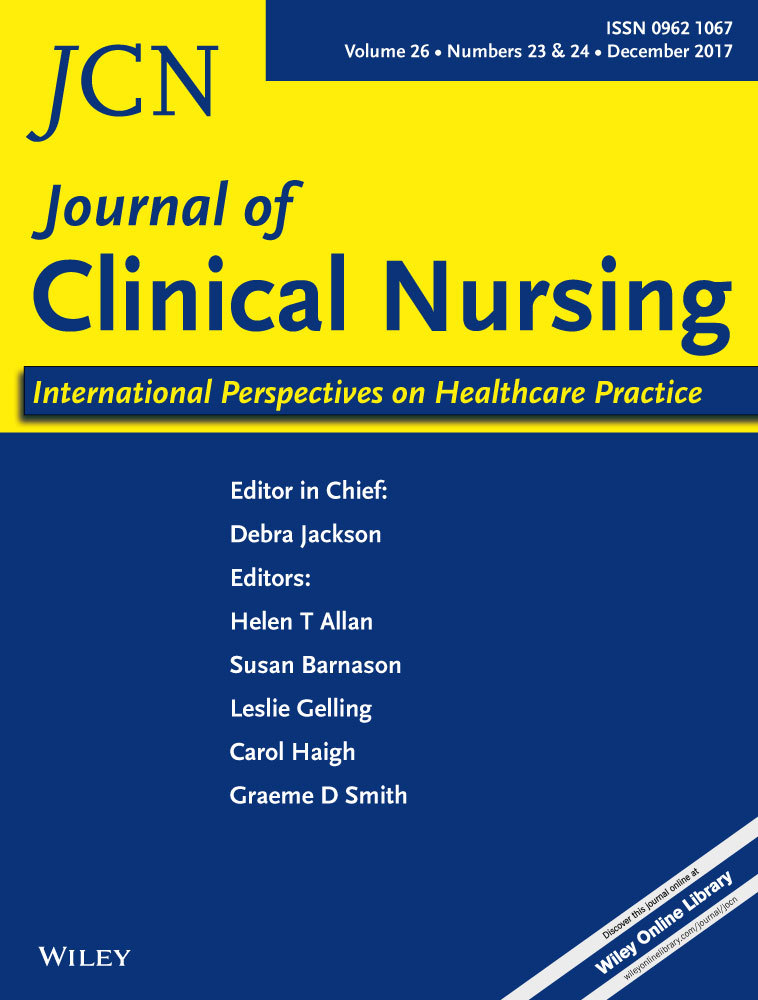Depression recognition and capacity for self-report among ethnically diverse nursing homes residents: Evidence of disparities in screening
Funding information:
Funding for this study conducted by the Consortium of New York Geriatric Education Centers was from the Health Resources and Services Administration (J. Howe, PI), Grant number 5UB4 HP19194-05. Partial funding for the secondary data analyses was provided by the National Institute on Aging (NIA)-funded Mt. Sinai Pepper Center (A. Siu, Mount Sinai, P30-AG028741) and the NIA-funded Cornell Roybal Center, Translational Research Institute on Pain in Later Life-II (M.C. Reid, PI, Cornell, 5P30AG022845)
Abstract
Aims and objectives
To examine agreement between Minimum Data Set clinician ratings and researcher assessments of depression among ethnically diverse nursing home residents using the 9-item Patient Health Questionnaire.
Background
Although depression is common among nursing homes residents, its recognition remains a challenge.
Design
Observational baseline data from a longitudinal intervention study.
Methods
Sample of 155 residents from 12 long-term care units in one US facility; 50 were interviewed in Spanish. Convergence between clinician and researcher ratings was examined for (i) self-report capacity, (ii) suicidal ideation, (iii) at least moderate depression, (iv) Patient Health Questionnaire severity scores. Experiences by clinical raters using the depression assessment were analysed. The intraclass correlation coefficient was used to examine concordance and Cohen's kappa to examine agreement between clinicians and researchers.
Results
Moderate agreement (κ = 0.52) was observed in determination of capacity and poor to fair agreement in reporting suicidal ideation (κ = 0.10–0.37) across time intervals. Poor agreement was observed in classification of at least moderate depression (κ = −0.02 to 0.24), lower than the maximum kappa obtainable (0.58–0.85). Eight assessors indicated problems assessing Spanish-speaking residents. Among Spanish speakers, researchers identified 16% with Patient Health Questionnaire scores of 10 or greater, and 14% with thoughts of self-harm whilst clinicians identified 6% and 0%, respectively.
Conclusion
This study advances the field of depression recognition in long-term care by identification of possible challenges in assessing Spanish speakers.
Relevance to clinical practice
Use of the Patient Health Questionnaire requires further investigation, particularly among non-English speakers. Depression screening for ethnically diverse nursing home residents is required, as underreporting of depression and suicidal ideation among Spanish speakers may result in lack of depression recognition and referral for evaluation and treatment. Training in depression recognition is imperative to improve the recognition, evaluation and treatment of depression in older people living in nursing homes.




